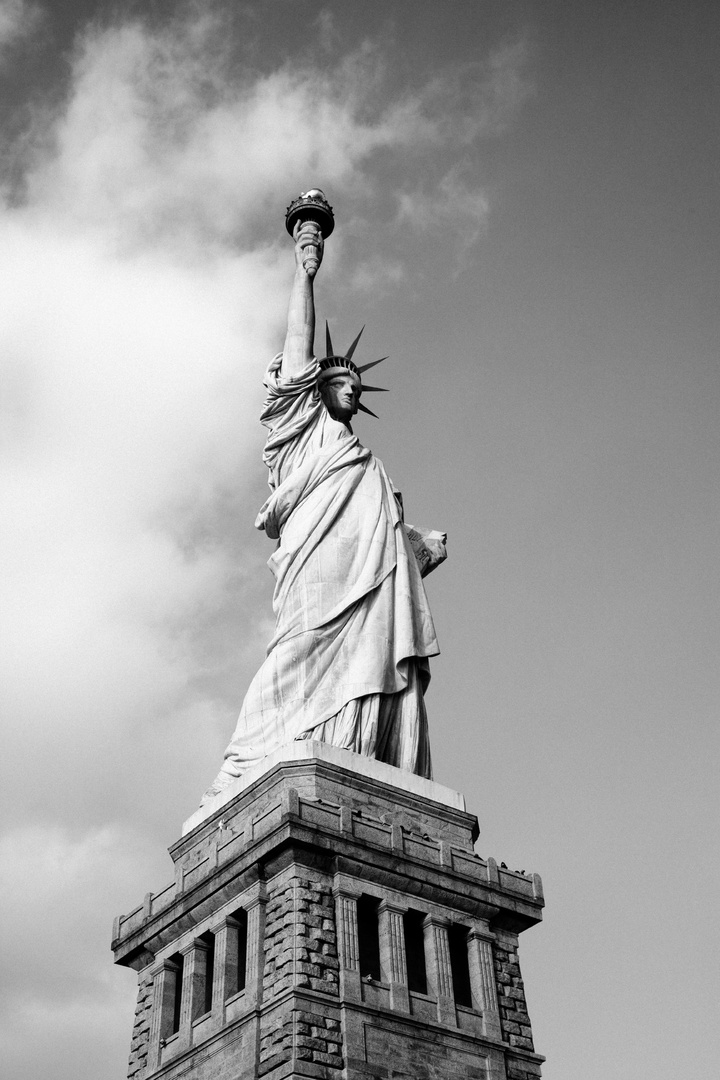For explorers and history lovers, these locations in Bangladesh’s storied capital city and its outskirts are a must-visit.Ahsan Manzil, also known as the Pink Palace, was completed in 1872 and overlooks the Buriganga River. (Wikipedia pic)
DHAKA: Bangladesh may not be known for its mega tourist-attracting monuments like the Pyramids, but what it does have is captivating.
Indeed, Dhaka – the country’s vibrant and storied capital city – has iconic buildings, museums, cultural attractions and historical sites that will please any intrepid traveller.
The Pink Palace
The magnificent Ahsan Manzil, the seat of Dhaka’s erstwhile nawabs (rulers) overlooking the Buriganga River, offers a glimpse into Bangladesh’s centuries-old past.
Nawab Abdul Ghani (1813-1896) named the palace after his son Khwaja Ahsanullah (1846-1901). The building was completed in 1872 after 13 years of construction.
Also known as the Pink Palace thanks to its distinctive hue, the structure did not always exist in its current form. It was originally a residence built in the 18th century by Sheikh Inayatullah, an estate holder.
The property was then sold by Inayatullah’s son, Sheikh Matiullah, to French traders, from whom it was acquired by Khwaja Alimullah, Abdul Ghani’s father, in 1830.
In 1888, the palace built by Abdul Ghani suffered massive damage in a tornado, and was reconstructed on a grander scale into the building that stands today.
This elephant skull belonged to Feroz Jung, a pachyderm said to have been the favourite of Nawab Abdul Ghani. (Wikipedia pic)
Mindful of its historical significance, the Bangladesh government turned the stately palace into a museum in 1992. The thousands of items displayed here reveal how the nawabs of Bengal lived, governed, and interacted with their people and the wider region.
One elephant skull is sure to catch your attention: it belongs to a tusker named Feroz Jung, a favourite of Abdul Ghani.
Lalbagh Fort & Dhaka University
There is more history to be explored at the 17th-century Lalbagh Fort. The construction of this Mughal palace was initiated by Prince Azam, the third son of Emperor Aurangzeb, in 1678.
Work, however, was abandoned by Mughal provincial governor Shaista Khan in 1684, following the death of his daughter Pari Bibi. What was accomplished and remains today is compelling despite its apparent state of incompletion.
The tomb of Pari Bibi at Lalbagh Fort. (Pinterest pic)
Pari Bibi’s mausoleum sits in the middle of the complex. A two-storey audience hall and bathhouse are on the left as you enter, and on the right stands a three-domed mosque.
Compared to other hulking Mughal monuments in South Asia, this fort may not rank high on the grandeur scale. Still, it represents the architectural elegance and engineering of that era.
Continue to explore Bengal’s history at Dhaka University, where one of the buildings is named after Lord Curzon, viceroy of India between 1899 and 1905. Curzon Hall was inaugurated in 1904.
Curzon is known for the Bengal partition of 1905, a controversial move that was reversed years later in the face of Indian nationalistic furore.
Nearby is the Mausoleum of the Three Leaders, which houses the graves of three significant figures in South Asian history: A K Fazlul Huq (1873-1962), Huseyn Shaheed Suhrawardy (1892-1963), and Khwaja Nazimuddin (1894-1964).
Marvel at the unique architecture of the Mausoleum of the Three Leaders. (Wikipedia pic)
Parliament building & Buriganga River
The national parliament building is another site worth visiting. Designed by Louis Kahn, its construction began in 1961 – when Bangladesh was still East Pakistan – and was completed in 1982.
You can observe boats and barges of various shapes and sizes at the busy port of Sadarghat on the Buriganga River. These vessels serve countless locations in Bangladesh, demonstrating how crucial water transport is in the “Land of Rivers”.
The Buriganga is in a state of decay today, but Dhaka cannot be imagined without this vital waterway. The river is believed to be among reasons why the Mughals made Dhaka their regional capital.
For exhilarating panoramic views of the river, have a meal at the Buriganga Riverview Restaurant, which boasts the ambience of a boat sailing on water.
‘City in ruins’ at Sonargaon
The remains of a palace in historic Panam Nagar, a ‘city in ruins’. (Wikipedia pic)
Located about 35km from Dhaka, a visit to Sonargaon is worth the effort. Here lies Panam Nagar, a “city in ruins” preserved in pastoral settings.
This settlement features the remains of 52 beautifully built houses, blending European and Mughal architectural styles, on both sides of a 600m-long street.
The foundation of this settlement was laid by moneyed Hindu merchants 130 years ago. Its residents migrated to India following the political upheavals of the 20th century.
Sonargaon itself is rich in history: a plaque at Panam Nagar informs that the Hindu king Danujmadhob established his capital in the area in the 13th century, one of the administrative hubs of the Bengal Sultanate.
After 1610, it came under Mughal control.
The Taj, take two
This replica of the Taj Mahal, construction of which took place from 2003-2008, was built by filmmaker and businessman Ahsanullah Moni. (Wikipedia pic)
The Taj Mahal in Agra, built in the 17th century by Mughal Emperor Shah Jahan, is renowned the world over.
In Bangladesh, filmmaker and businessman Ahsanullah Moni is such an admirer of the original that he built a scaled-down version of the Taj, known as Banglar Taj Mahal, near Sonargaon.
Initially aimed as a tourist attraction for lower-income residents of Bangladesh, the replica stands in a lovely landscaped site. A short walk away is the Rajmoni Pyramid, inspired, of course, by Egypt’s grand ancient monuments.



